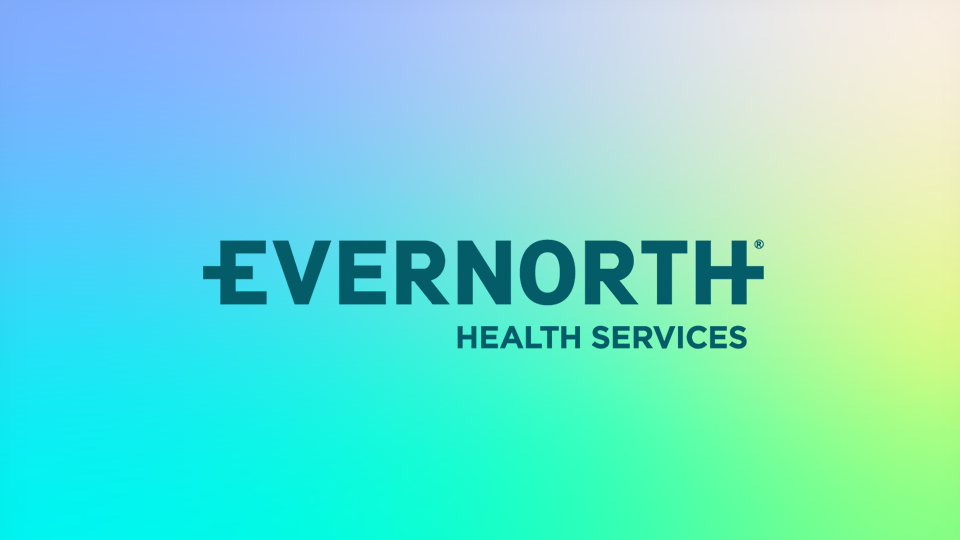Consumers have embraced digital: They shop via mobile devices, stream entertainment on internet-connected TVs, and stay connected with friends and family on social media. Today’s consumers have high expectations for seamless and connected digital experiences in health care as well.
We scoured the web to gain a better understanding of how Americans use digital channels in health care. These statistics point to the rise of a more empowered, and more digital, U.S. population – one that not only expects, but also demands, digital health care experiences.
1. After the pandemic, telehealth usage stayed at much higher rates — up from 0.1% in 2019 to about 17% of all patient visits in 2023. (Source: McKinsey & Company)
2. People are highly satisfied with virtual care. According to a recent survey, 94% of people who have recently used virtual care said they definitely or probably would use it again. (Source: J.D. Power)
3. Convenience is key. In a recent survey, 69% of people said they use virtual care because it is more convenient than an in-person appointment. (Source: AHIP)
4. Virtual care is helping meet behavioral health needs. A recent study found roughly 1 in 3 outpatient behavioral health visits were conducted virtually – with 35% of outpatient visits for depression and 38% for anxiety conducted virtually. (Source: KFF)
5. 66% of consumers believe emerging technologies, such as artificial intelligence (AI), can help reduce wait times and health care costs. (Source: Becker’s Healthcare)
6. Sixty-eight percent of people are more likely to choose a medical provider who offers the ability to book, change, or cancel appointments online. (Source: GetApp)
7. Mobile apps are helping people take their medications as prescribed. Those who use a mobile app to support medication adherence are twice as likely to say they are adherent than those who do not use the apps. (Source: BMJ Journals)
8. Wearable devices are increasing in popularity. The number of wearable medical sensors and devices like smart patches that measure heart rate, along with smartwatches and fitness trackers, continues to accelerate each year, with the annual volume shipped globally expected to nearly double from 2021 to 2024. (Source: Straits Research)
9. 81% of consumers planned on using fitness apps on their smartphones and wearables in 2023. (Source: Business of Apps)
10. Many adults in the U.S. search for health-related information online. From July to December 2022, 58.5% of U.S. adults used the Internet to look for health or medical information, 41.5% used it to communicate with a doctor or doctor's office, and 46.1% used it to look up medical test results. (Source: CDC)
These statistics on consumer adoption of digital channels in the health care space make it clear that people have embraced the convenience, comfort, and value of digital health care experiences. Pursuing innovation in the digital space will help transform our fragmented health care system and reorient it around consumers, allowing for more intuitive, personalized, engaging, and effective health care.
Originally published on 2/8/2023 and updated on 8/21/2024.


